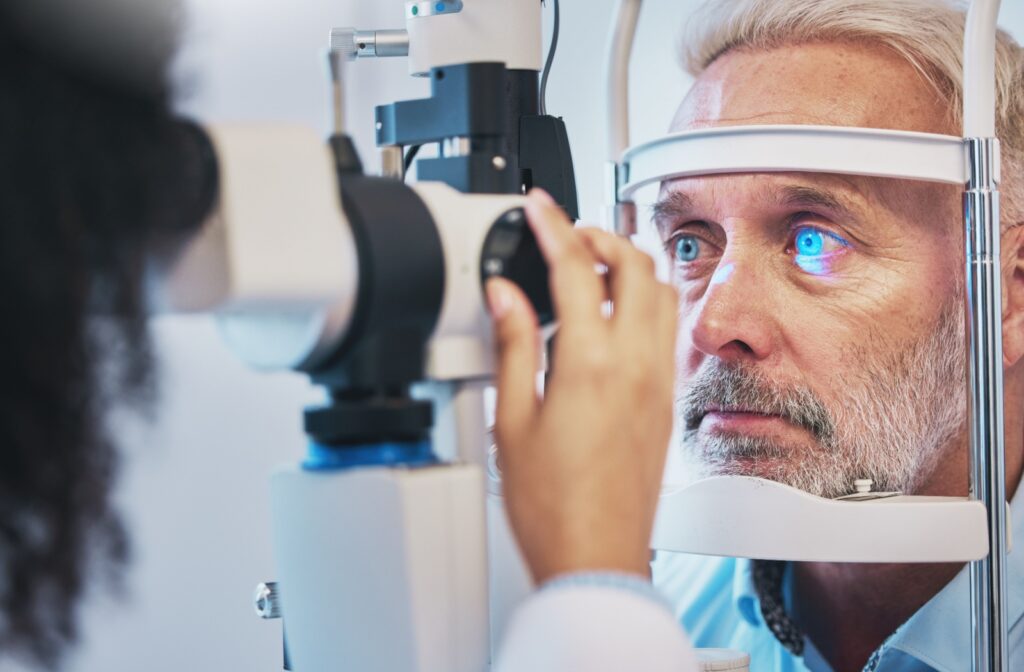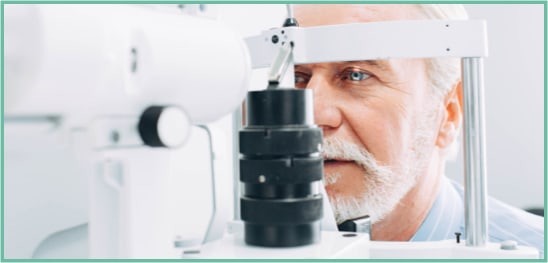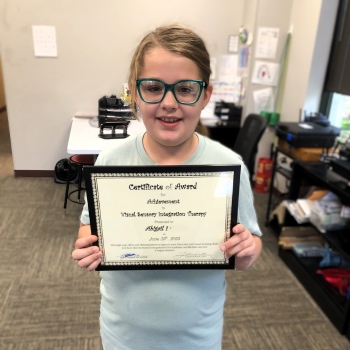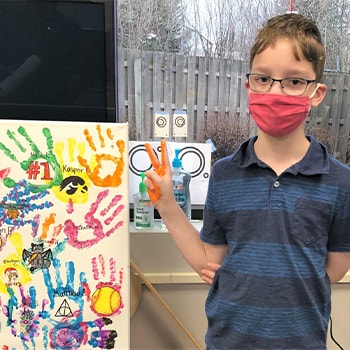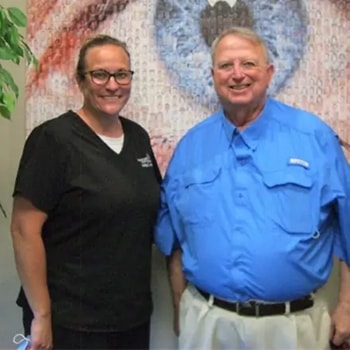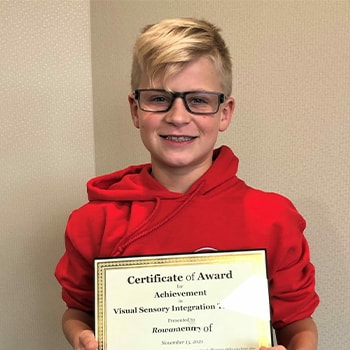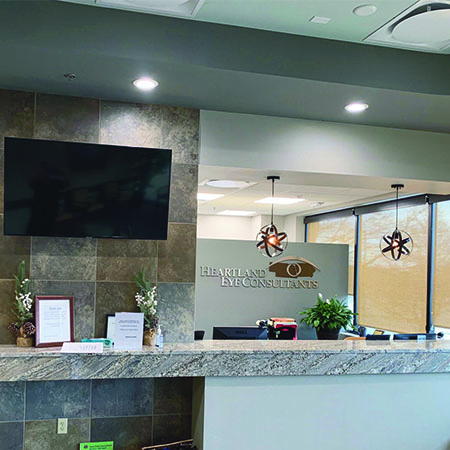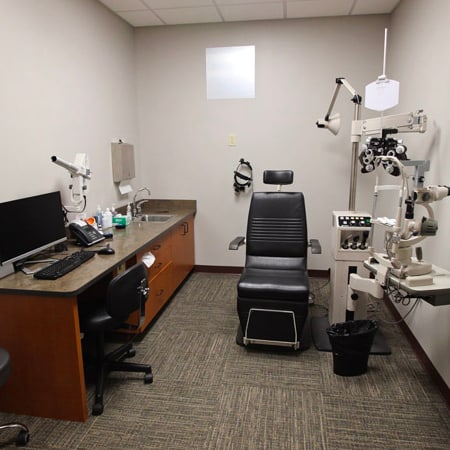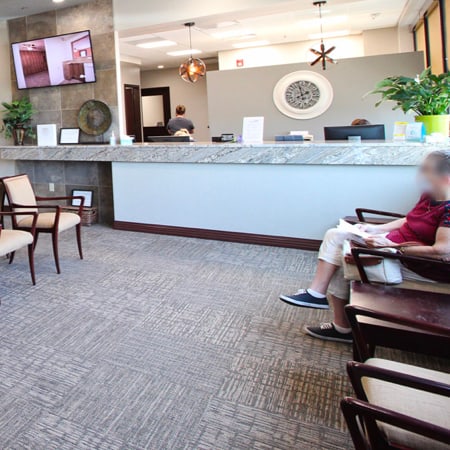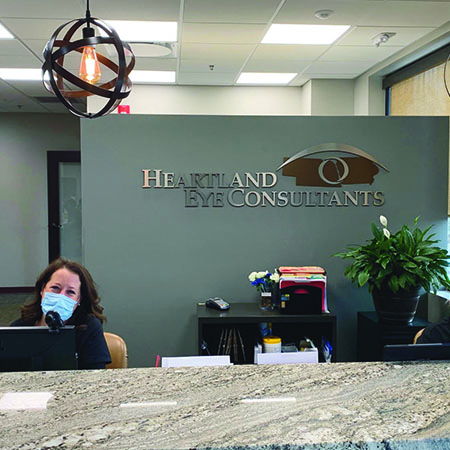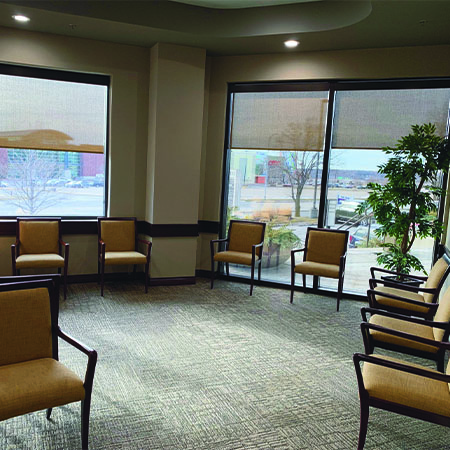When it comes to protecting your eyesight, knowing who to turn to for answers can make all the difference. Glaucoma often develops without noticeable symptoms, and while it can’t exactly be prevented, early detection helps prevent it from progressing.
Optometrists can diagnose glaucoma using a range of tests to monitor eye pressure, to evaluate the optic nerve, and to assess visual field changes. Regular eye exams with a trusted provider can help catch changes before they begin to affect your daily life.
Understanding Glaucoma
Glaucoma is a group of eye diseases that damage the optic nerve, which is essential for vision. This damage is usually the result of high eye pressure (intraocular pressure), leading to progressive vision loss. While there is no cure, early detection and intervention can prevent further damage.
Types of Glaucoma
There are two main types of glaucoma:
Open-Angle Glaucoma
Open-angle glaucoma is the most common type and develops when the drainage system in the eye becomes less effective over time. This increases intraocular pressure, which in turn damages the optic nerve. Open-angle glaucoma often progresses slowly, and symptoms can go unnoticed until significant damage has occurred.
Angle-Closure Glaucoma
Less common but more severe, angle-closure glaucoma happens when the iris blocks the drainage angle, leading to a rapid increase in eye pressure. This variety can cause acute symptoms like discomfort, blurred vision, and nausea, and requires immediate medical attention.
Common Symptoms of Glaucoma
Glaucoma symptoms vary depending on the type and severity. Be vigilant about the following signs:
- Loss of peripheral (side) vision
- Tunnel vision
- Blurred vision
- Halos around lights
- Eye discomfort
Because these symptoms often appear late, routine eye exams are recommended for an increased chance of early detection.
How Optometrists Diagnose Glaucoma
Optometrists can detect and diagnose glaucoma using a variety of tests. Here are some of the tests we might use:
Comprehensive Eye Exam
The first step in diagnosing glaucoma is a thorough eye exam. We will evaluate your vision, assess your optic nerve, and check for other signs of eye disease.
Measuring Eye Pressure
To assess intraocular pressure, we use tonometry as part of a broader glaucoma evaluation. This helps determine your glaucoma risk and is supported by tools like gonioscopy and pachymetry.
Examining the Optic Nerve
Using imaging tools like optical coherence tomography (OCT), optometrists can capture detailed images of your optic nerve to look for signs of damage. Regular imaging allows for tracking the progression of the disease over time.
Visual Field Testing
Glaucoma often affects peripheral vision first. Visual field tests help map out your field of vision so we can detect subtle changes and identify early signs of the disease. These tests are noninvasive, quick, and helpful for tracking progression over time.
Who is Most At-Risk of Glaucoma?
While glaucoma can affect anyone, certain factors can increase your risk. If any of the following apply to you, regular comprehensive eye exams are especially important:
- Age: Risk increases significantly after age 60.
- Family history: Having a parent or sibling with glaucoma raises your risk.
- Ethnicity: People of African, Asian, or Hispanic descent may be more prone to certain types of glaucoma.
- Medical conditions: Diabetes, high blood pressure, extremely low blood pressure, vascular disease and heart disease can contribute to elevated eye pressure or disrupt blood flow around the optic nerve.
- Long-term corticosteroid use: Prolonged use of steroid medications may increase the risk of developing glaucoma.
- Eye injuries: Past trauma to the eye can disrupt fluid drainage and raise intraocular pressure.
- Sleep Apnea: Can disrupt blood flow around the optic nerve.
If you fall into any of these categories, be proactive about your eye health. Early detection plays a key role in preserving your vision.
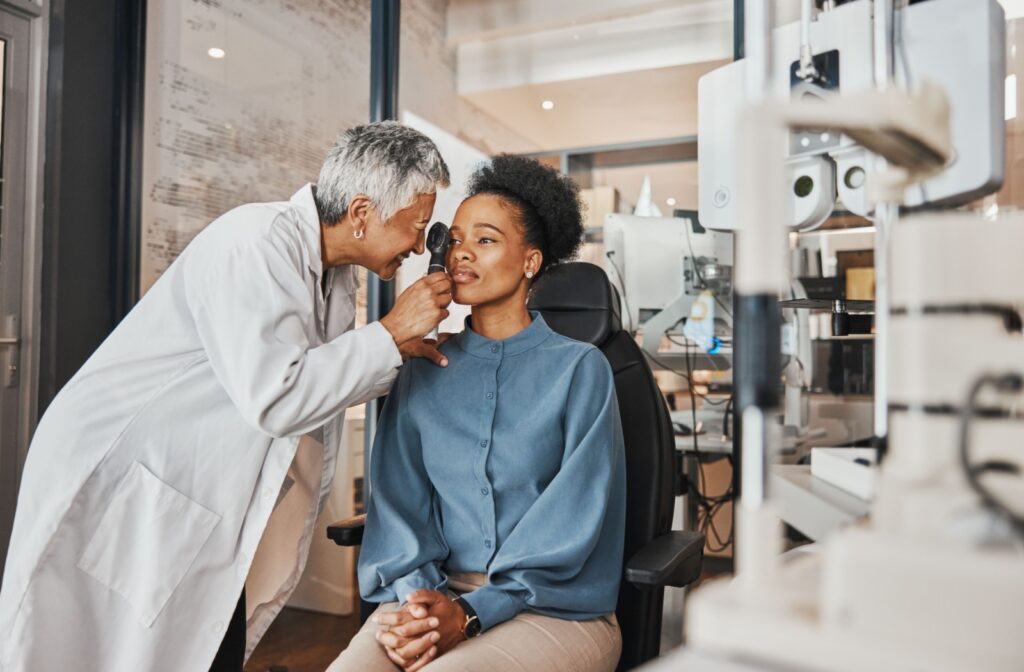
Managing Glaucoma After Diagnosis
If you’ve been diagnosed with glaucoma, there are treatments available to help manage the condition and prevent further damage. Management often includes:
- Prescription Eye Drops: Reduce eye pressure by decreasing fluid production or increasing drainage. These are often the first line of treatment and may be used daily.
- Oral Medications: Help lower intraocular pressure, especially when eye drops alone are not effective.
- Laser Treatment: Improves fluid drainage in the eye by targeting the eye’s drainage system to enhance outflow.
- Surgery: Options include creating new drainage pathways or inserting drainage devices when other treatments do not sufficiently control pressure.
Managing glaucoma is a lifelong process. Ongoing care is important, so regular follow-ups with your optometrist or specialist are needed to monitor changes, adjust your treatment plan, and protect your vision over time.
Take Care of Your Vision
Glaucoma doesn’t have to mean the end of your vision. Early detection by means of regular eye exams is the best way to protect your eyesight. If you suspect that you might have glaucoma or have a family history of glaucoma, schedule an appointment with Heartland Eye Consultants. Our caring and knowledgeable team is here to provide the expert care you deserve. Take the first step in preserving your vision. Contact us today to book an appointment or learn more about our services.


